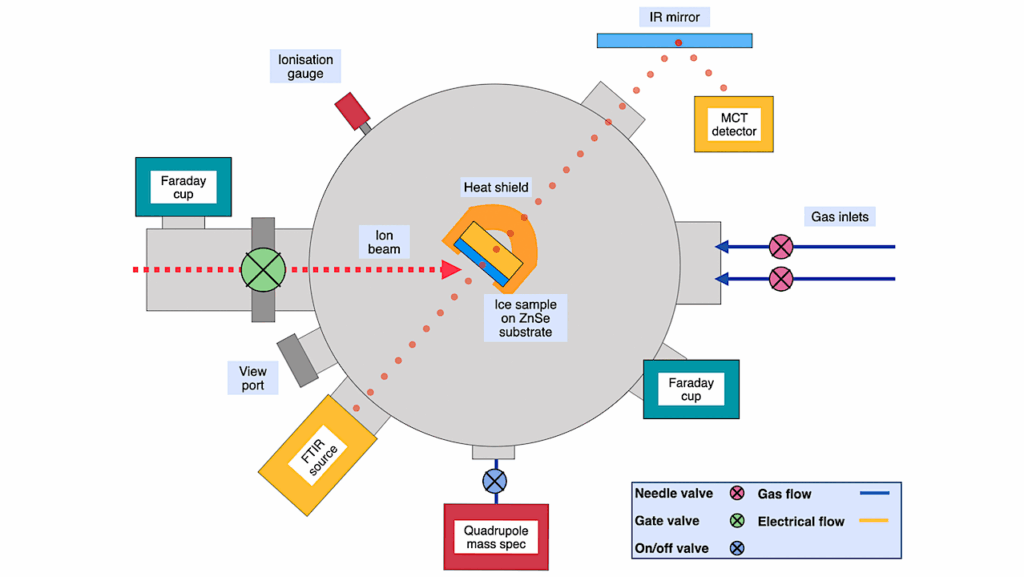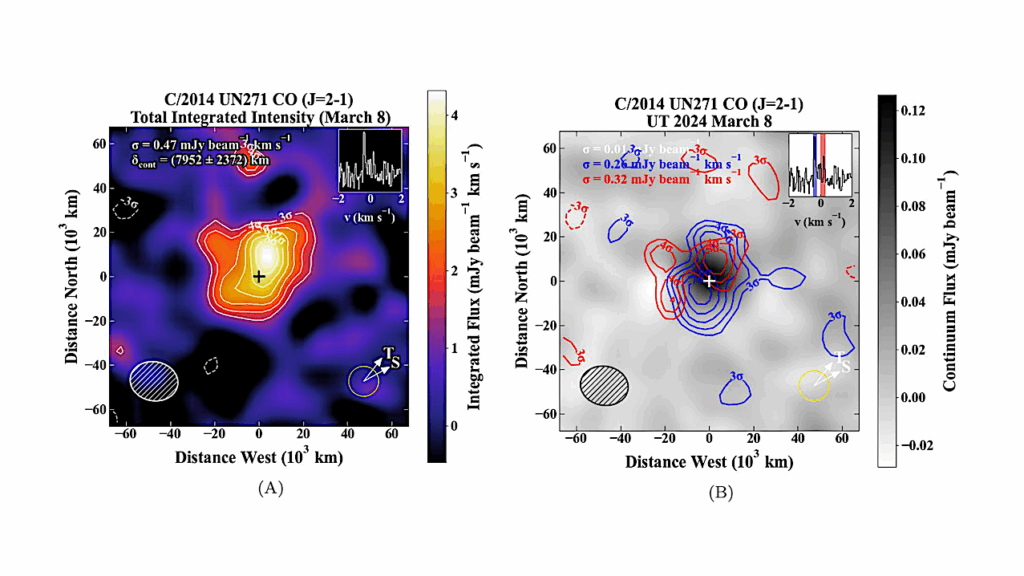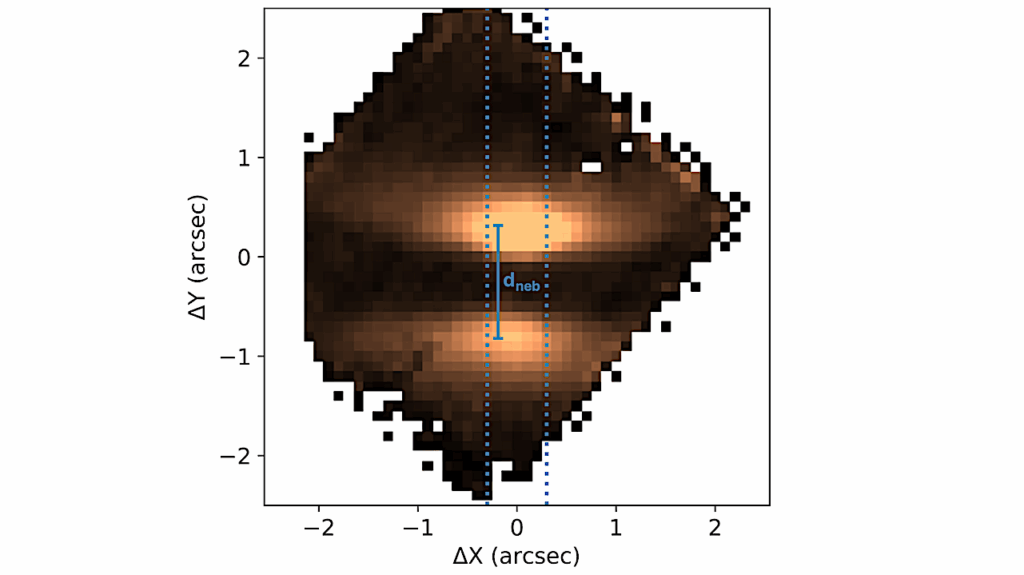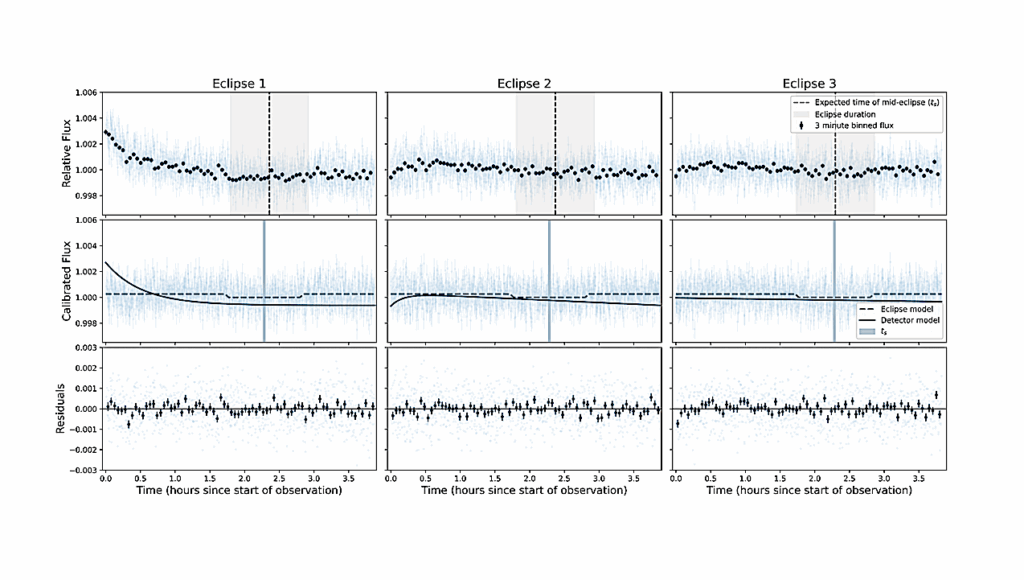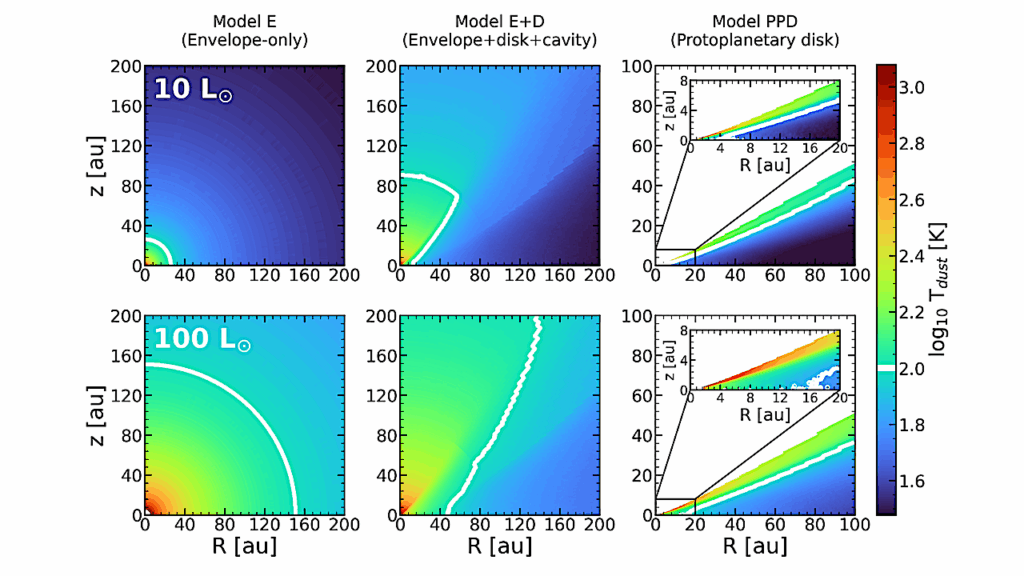The JWST Rocky Worlds DDT Program Reveals GJ 3929b To Likely Be A Bare Rock

We report first results from the JWST Rocky Worlds Director’s Discretionary Time program. Two secondary eclipses of the terrestrial exoplanet GJ 3929b were recently observed using MIRI photometric imaging at 15 um.
We present a reduction of these data using the updated SPARTA pipeline. We also refine the planet mass, radius, and predicted time of secondary eclipse using a new sector of TESS data and new, high-precision radial velocities from the MAROON-X spectrograph.
For the two JWST observations, we recover secondary eclipse depths of 177+47-45ppm and 143+34-35ppm at times consistent with a nearly circular orbit, as expected from the radial velocity data.
A joint fit of the two visits yields a dayside brightness temperature Tp,dayside = 782+/-79K for GJ 3929 b, which is consistent with the maximum brightness temperature Tmax = 737+/-14K for a bare, black rock (i.e., assuming zero Bond albedo and no heat redistribution).
These results rule out CO2-rich atmospheres thicker than 100mbar at >3sigma, suggesting that GJ 3929b has lost any significant secondary atmosphere. The radial velocity data also indicate two additional non-transiting planets in the system: a previously-identified planet in a 15.0d orbit, and a newly-identified planet candidate in a 6.1d orbit.
Qiao Xue, Michael Zhang, Brandon P. Coy, Madison Brady, Xuan Ji, Jacob L. Bean, Michael Radica, Andreas Seifahrt, Julian Sturmer, Rafael Luque, Ritvik Basant, Nina Brown, Tanya Das, David Kasper, Caroline Piaulet-Ghorayeb, Eliza M.-R. Kempton, Edwin S. Kite
Comments: Submitted To AAS
Subjects: Earth and Planetary Astrophysics (astro-ph.EP)
Cite as: arXiv:2508.12516 [astro-ph.EP] (or arXiv:2508.12516v1 [astro-ph.EP] for this version)
https://doi.org/10.48550/arXiv.2508.12516
Focus to learn more
Submission history
From: Qiao Xue
[v1] Sun, 17 Aug 2025 22:39:43 UTC (3,110 KB)
https://arxiv.org/abs/2508.12516
Astrobiology,


